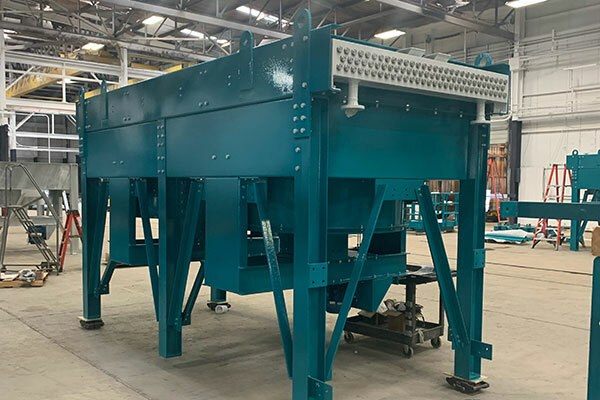Use of fins in Finned tube?
The use of fins in a finned tube is a fundamental aspect of heat exchanger design, especially when one fluid is much harder to heat or cool than the other.
Here’s a detailed explanation of why fins are used, how they work, and the different types available.
The Core Problem: Air is a Poor Heater and Cooler
The primary reason for using fins is to overcome a significant limitation: Air has very low thermal conductivity and a low heat capacity compared to liquids like water or process fluids.
- Thermal Conductivity (k): This is a measure of a material’s ability to conduct heat.
- Air: ~0.024 W/m·K
- Water: ~0.6 W/m·K
- Copper: ~400 W/m·K
- The “Bottleneck”: In an air-cooled heat exchanger, the hot process fluid inside the tube readily gives up its heat to the tube wall. However, the air on the outside struggles to “carry” this heat away. This creates a major resistance to heat flow on the air side. In fact, the air-side thermal resistance is often 10 to 30 times greater than the inside (process fluid) resistance.
The Solution: Increase the Surface Area
Fins solve this problem through a simple but brilliant principle: If the fluid is poor at taking in heat, give it more surface area to work with.
Imagine trying to cool a hot potato quickly.
- You could blow on it (low surface area).
- Or, you could slice it into many thin pieces and then blow on it (high surface area).
The sliced potato cools dramatically faster because you have vastly increased the surface area exposed to the cooling air.
Fins do exactly this for the tube. They are thin metal plates attached to the outside of the tube, creating a massive increase in the surface area available for heat transfer to the air.
Key Benefits and Functions of Fins
- Dramatically Increase Effective Surface Area:
- A bare tube might have an outside surface area of, for example, 0.1 m² per meter of length.
- A finned tube of the same size could have a total effective surface area of 1.0 to 10 m² per meter or more, depending on the fin density and height.
- This is often expressed as the Ratio of Finned Surface to Bare Tube Surface, which can range from 5:1 to over 30:1.
- Balance the Heat Transfer Resistance:
- By adding fins to the side with the highest resistance (the air side), the overall heat transfer capability of the exchanger is balanced and significantly improved.
- This makes the entire unit much more compact and efficient. Without fins, the heat exchanger would need to be impractically large to achieve the same cooling duty.
- Improve Cost-Effectiveness:
- Fins are made from materials with high thermal conductivity (like aluminum) that are relatively inexpensive.
- It is far more economical to add fins to a tube than to use multiple bare tubes or a much larger shell to achieve the same heat transfer.
How Fins Work: The Thermal Principle
The fins act as an extension of the tube surface. Heat flows conductively from the tube wall, through the base of the fin, and out along the fin’s height. The air flowing over the fin surface then removes this heat convectively.
However, there is a temperature gradient along the fin:
- The fin base is the hottest (at nearly the tube wall temperature).
- The fin tip is the coolest.
